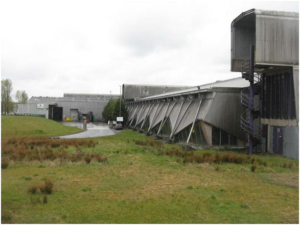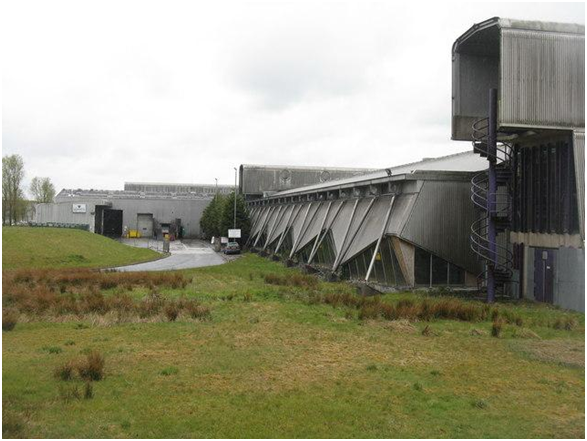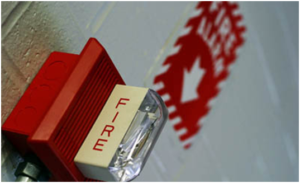The financial crisis of 2008 was largely driven by too much dependence on consumer spending, from excess individual credit and the financial services industry. The economy has been growing steadily since, but it is the form of the recovery that is key. The shift has been towards more manufacturing and exports, helping sustainable economic stability. Here are the top things to consider.

Manufacturing
Post-war Britain was substantially supported by industry, manufacturing, oil and gas and utilities. In 1948, this accounted for 41% of the economy, but by 2013, it had reduced to just 14%.
By contrast, the services sector has risen from 46% to 79% over the same period. Agriculture reduced from 6% to just 1% of GDP, with construction steady at about 6%. For spiral duct manufacturers to car builders, manufacturing has to be lean to compete nowadays. For example, rack zone pallet racking is just one company that is very competitive with their pricing.
One thing we don’t have to worry about is where to store our products with Pallet Racking Ireland companies providing quality products.
Peer standards
The composition of the G7 economies, inclusive of the UK, is similar. Manufacturing has suffered more rapidly in the UK. Britain and France rank lowest at around 10% of GDP. The UK economy has declined the fastest of all the G7 countries.

Financial services
As a long-standing key player in financial services, growth boomed between 2006 and 2009. The financial crash hit the UK much harder than other countries, although output in this sector is still 13.6% below its crisis levels, according to https://www.ons.gov.uk/. Financial services are still a key part of the UK’s exports, with the highest G7 percentage of exports, at 13%.
Export performance
Exports have improved dramatically across the board, reversing the net trade drag (exports minus imports) between 1997 and 2007. Since the downturn, export performance has continued to improve, encouraged by a weak pound making UK goods cheaper abroad.
Low investment spend
Britain spends the lowest amount among the G7 on fixed investment at 15%, behind the top spenders of France and Canada at 25% and 22% respectively. This GDP spend needs to increase to support sustained GDP growth.
Reduction in UK household spending
Household spending has recovered during 2009, somewhat challenging the view of the UK economy as being reliant on consumer spending. The sector has only just recovered the output lost in the economic downturn in 2013.














